If one consults any Democrat's list of President Biden and Vice President Harris' "accomplishments" while in office, the $1.2 trillion Infrastructure Investment and Jobs Act of 2021 would be high up on the list. Technically, the Act passed with bipartisan support, with a final 69-30 vote in the Senate and the House passing it by a mostly party-line 228-206 vote.
In the ongoing presidential campaign, Kamala Harris and her supporters are touting this Act as a big success. It isn't - it has been a total failure. The Washington Examiner's Sarah Bedford has the receipts.
A massive program to expand rural broadband access has failed so far to connect any homes to the internet. A push to electrify school bus fleets has proved costly and inefficient. And a multibillion-dollar effort to build thousands of electric vehicle charging stations across the country has so far yielded just a handful of stations.
The Infrastructure Investment and Jobs Act contained $1.2 trillion in spending on what the White House called “a once-in-a-generation investment in our nation’s infrastructure and competitiveness.”
$1.2 trillion, spent on... what? Let's look at the specifics. First is rural broadband; as a rural dweller, I can tell you we're still on DSL. No fiberoptics out here in the Valley yet, and none are on the horizon. Granted DSL serves our needs well enough, but plenty of folks don't even have DSL as an option; so what has this money been spent on? This is perhaps the biggest failure of the Harris/Biden administration in the execution of this Act; not one person has been connected, despite the $4.2 billion price tag.
The infrastructure bill created a program called Broadband Equity, Access, and Deployment, or BEAD, that aimed to expand internet access in underserved communities.
More than 1,000 days later, the program has not connected anyone to the internet, Federal Communications Commissioner Brendan Carr said on Wednesday, citing a congressional letter.
NEW
— Brendan Carr (@BrendanCarrFCC) September 18, 2024
Senators write Vice President Kamala Harris over her mismanagement of a $42 billion program to expand Internet.
After 1️⃣,0️⃣3️⃣8️⃣ days “not a single person has been connected to the internet using the $42.45 billion.” pic.twitter.com/F6RUBgoNwq
Electric school buses were also on the agenda. How many electric school buses have American school districts been provided with under the Act? Not many - and the program is rife with problems.
A report published last week by the House Energy and Commerce Oversight Subcommittee found the Environmental Protection Agency’s “poor execution” of the Clean School Bus Program established by the infrastructure law included pushing schools that had no nearby chargers to purchase electric school buses that frequently broke down.
The electric school buses cost up to $300,000 more than traditional diesel buses, the report found, and some schools applied for the federal funding for the new buses without understanding the additional costs associated with running them, such as the price of the chargers.
Let's also point out that winter temperatures in much of the country will make electric buses much less practical; I can remember climbing aboard an old Blue Bird school bus powered by a six-cylinder gasoline engine in the -15 chill of a northeast Iowa January, and they worked just fine. An EV bus would have it's range greatly reduced in such temperatures, possibly to the point where it couldn't even complete its assigned route.
But perhaps the worst waste in this pork-laden law is the EV charger debacle. $7.5 billion was allocated to build 50,000 EV charging stations across the fruited plain. How many have been built? As of last spring, the number was seven. As of this writing, according to the Federal Highway Administration, 19 are in operation.
The Biden-Harris administration has said its goal is to help facilitate the construction of 500,000 chargers by 2030.
But as of this spring, the program had resulted in the construction of just seven charging stations, the Washington Post reported. The headline drew widespread scrutiny to the issue at the time.
The Federal Highway Administration told the Washington Examiner that 19 charging stations across nine states are currently operational, with more projects in various stages of development.
In summary: The much-touted Infrastructure Investment and Jobs Act has been a brutal failure, its execution has been horribly botched, and the failures therein must be laid directly at the feet of Joe Biden, Transportation Secretary "Pothole Pete" Buttigieg, and, of course, Kamala Harris.
See Related: FCC Commish Savages 'Broadband Czar' Kamala: $42B and 'Not One Person Has Been Connected to the Internet'
The Executive Branch of our federal government, of which the President of the United States is the head, is responsible for one thing: Executing. In this and many other instances, the Harris/Biden administration has failed, catastrophically. We, the American taxpayers, have been soaked for trillions, and for what? Nineteen EV charging stations? A few electric school buses that cost $300,000 more - apiece - than traditional buses?
Your tax dollars at work.
Vice presidential candidate Tim Walz is correct about one thing. We can't afford four more years of this.
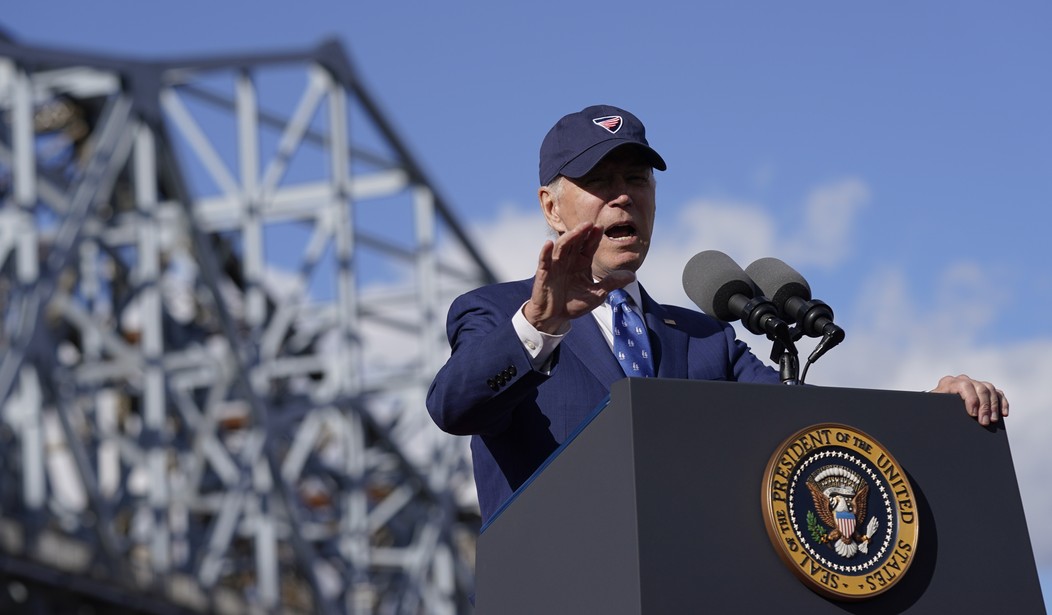

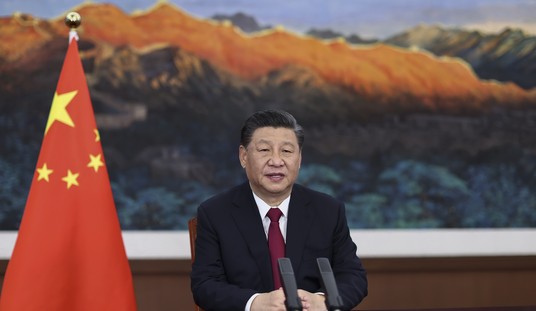



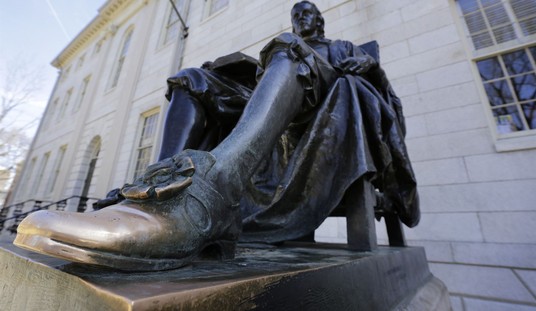

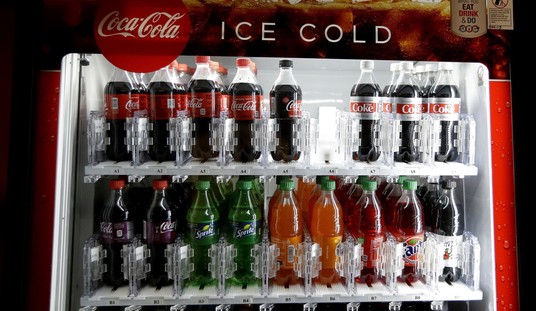
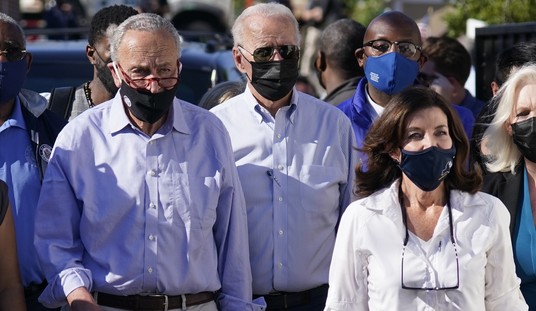


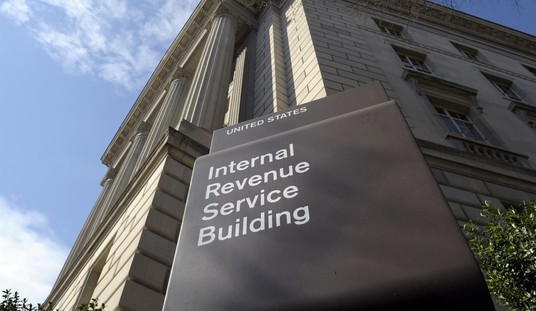

Join the conversation as a VIP Member